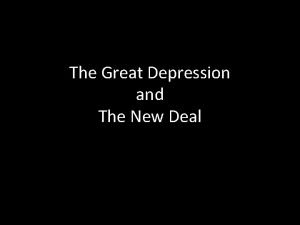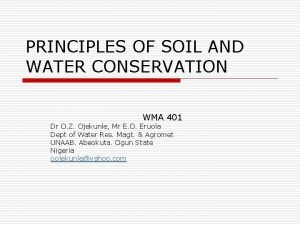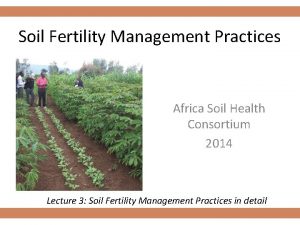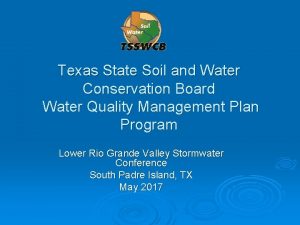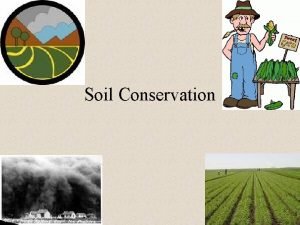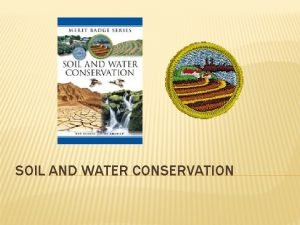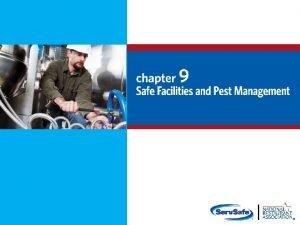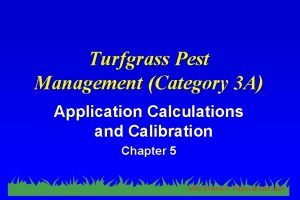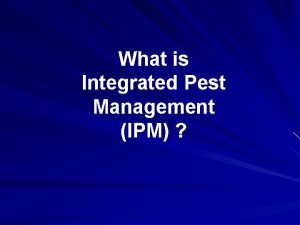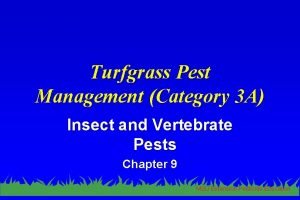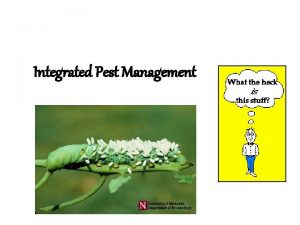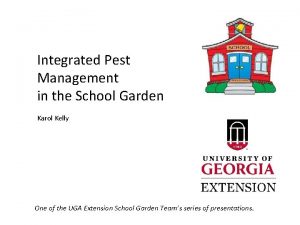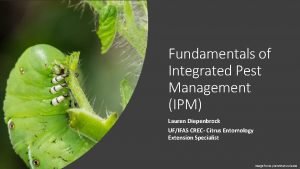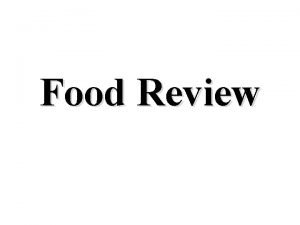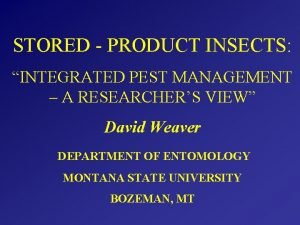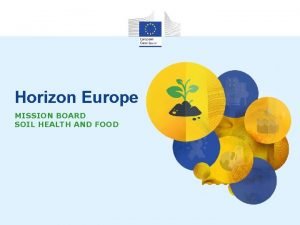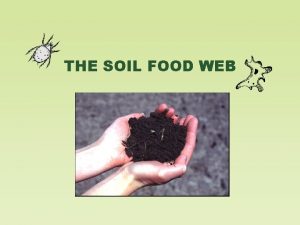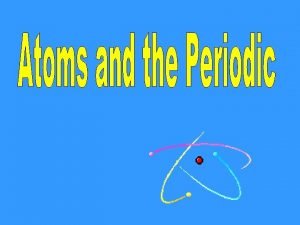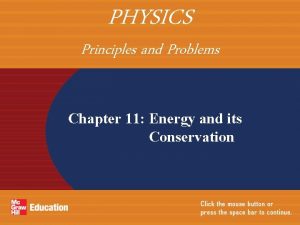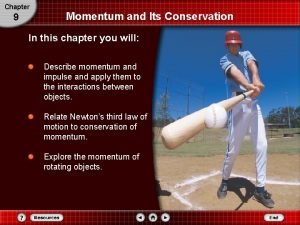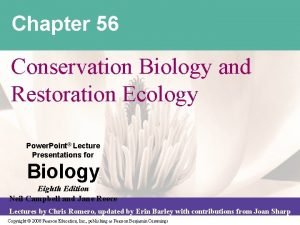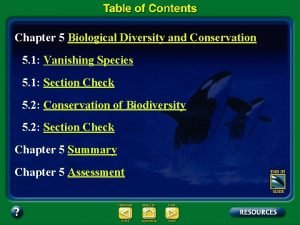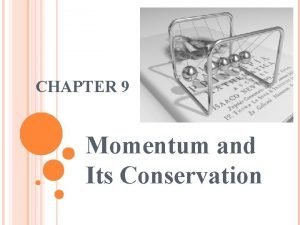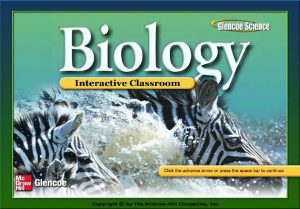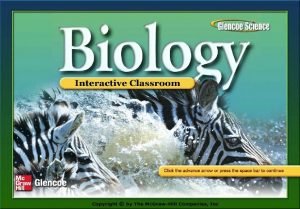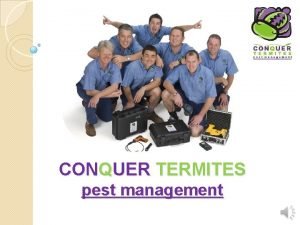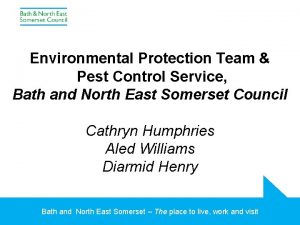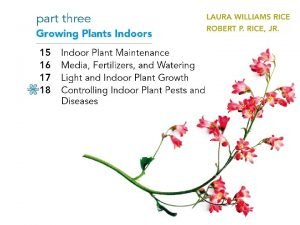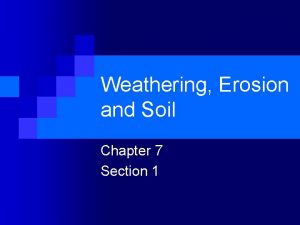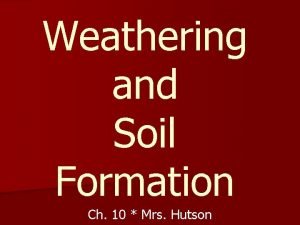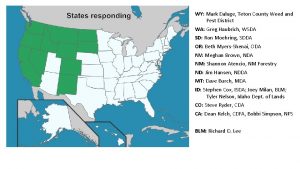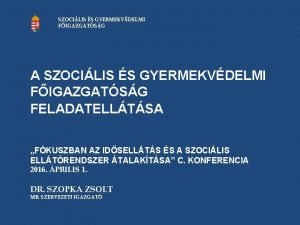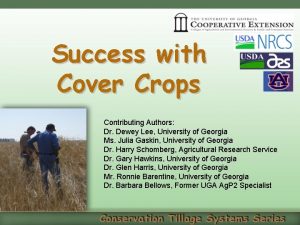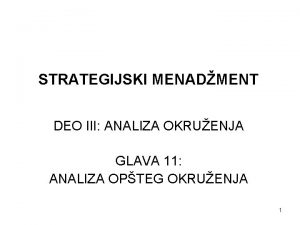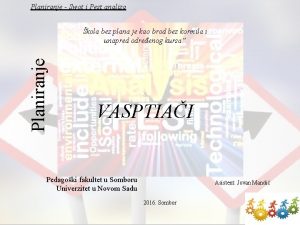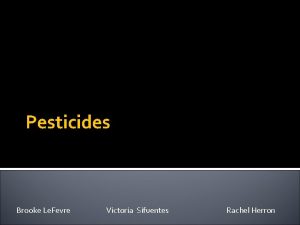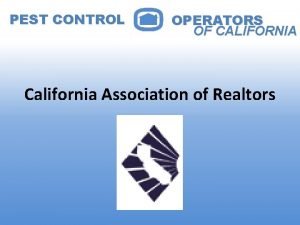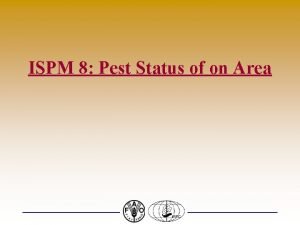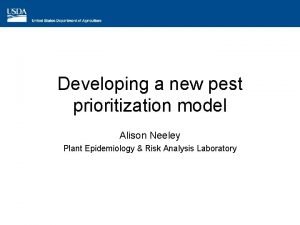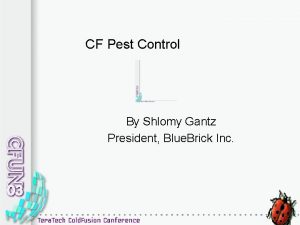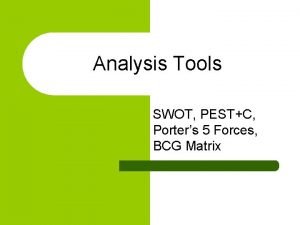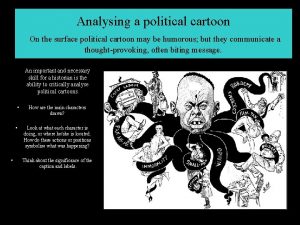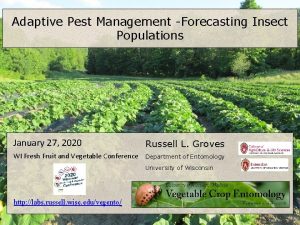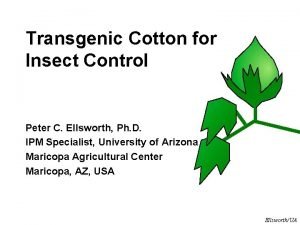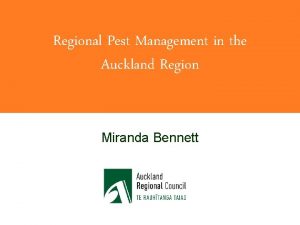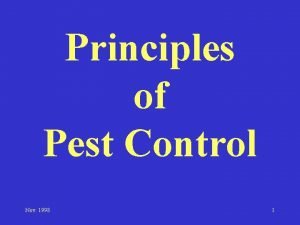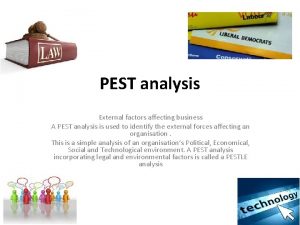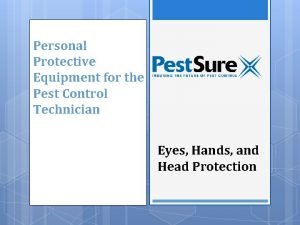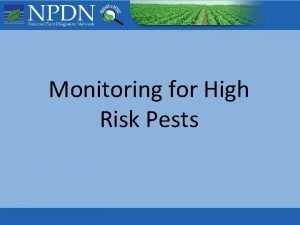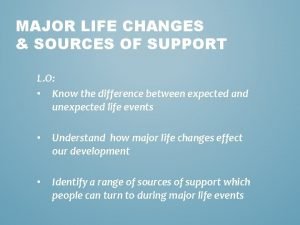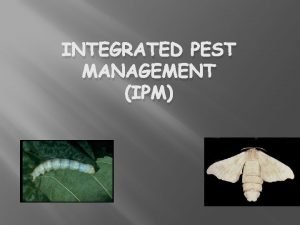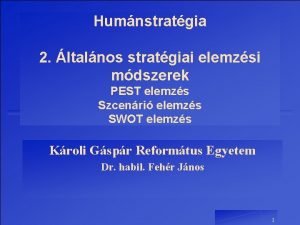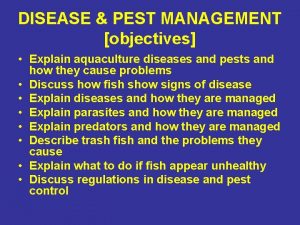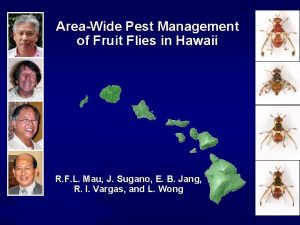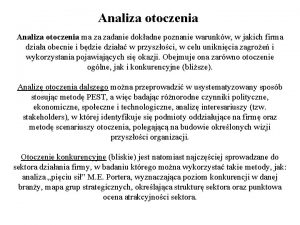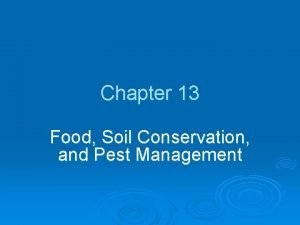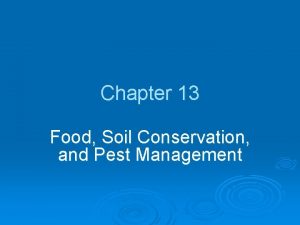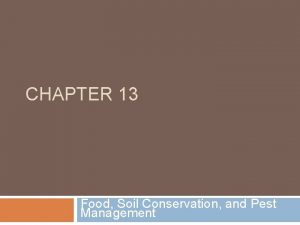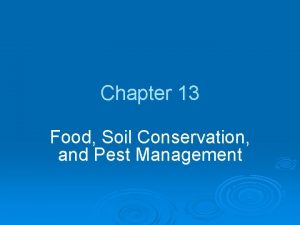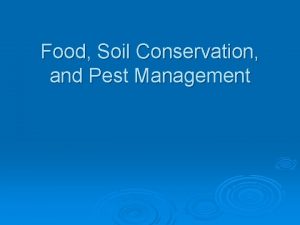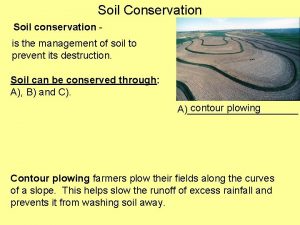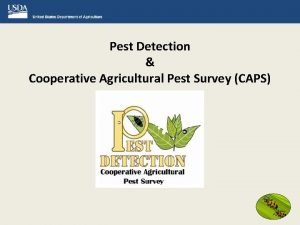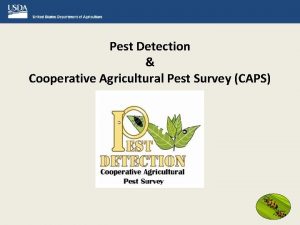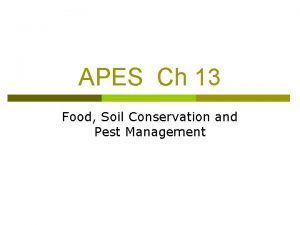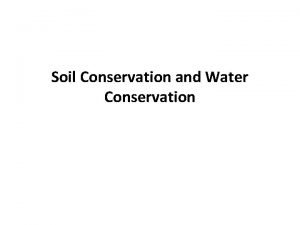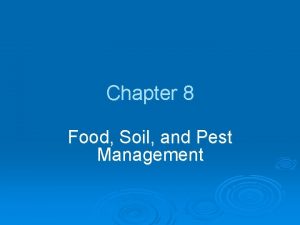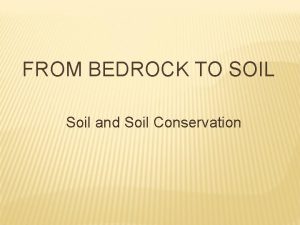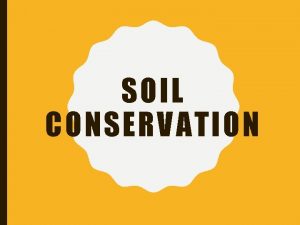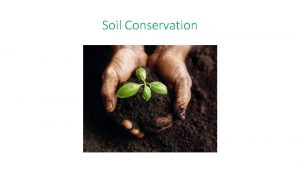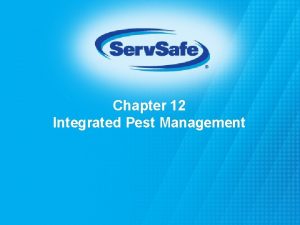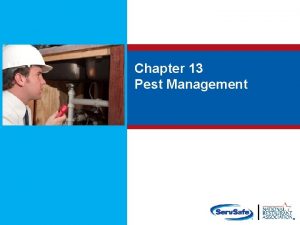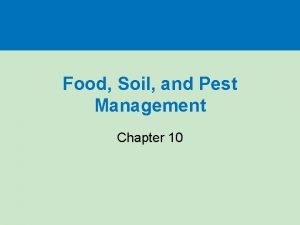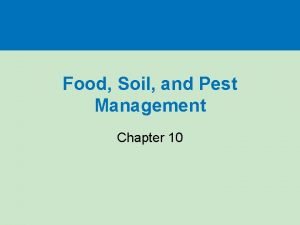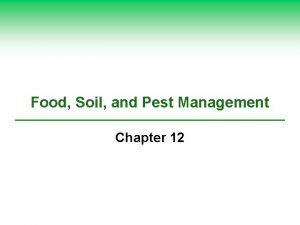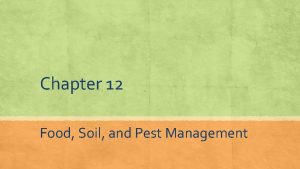Food Soil Conservation and Pest Management Chapter 14








































































- Slides: 72

Food, Soil Conservation, and Pest Management Chapter 14

Core Case Study: Golden Rice Grains of Hope or an Illusion? • Golden rice is a new genetically engineered strain of rice containing beta-carotene. • Can inexpensively supply vitamin A to malnourished. Figure 13 -1

Core Case Study: Golden Rice Grains of Hope or an Illusion? • Critics contend that there are quicker and cheaper ways to supply vitamin A. • Scientists call for more evidence that the betacarotene will be converted to vitamin A by the body. Figure 13 -1

Insects-the other white meat • David Gracer | February 13, 2008 - Richard Thompson Ford | Colbert. Nation. com

Three Systems for Food Supply • 77%- Croplands • 16%- Rangelands (livestock) • 7%- Ocean fisheries

Industrial Food Production: High Input Monocultures • About 80% of the world’s food supply is produced by industrialized agriculture. – Uses large amounts of fossil fuel energy, water, commercial fertilizers, and pesticides to produce monocultures. – Greenhouses are increasingly being used. – Plantations are being used in tropics for cash crops such as coffee, sugarcane, bananas.

High Input Monoculture envirokid. wordpress. com

Industrialized agriculture Plantation agriculture Intensive traditional ag. Shifting cultivation Nomadic herding No agriculture Fig. 13 -4, p. 275

Traditional Agriculture: Low Input Polyculture • Research has shown that, on average, low input polyculture produces higher yields than highinput monoculture. Example of alley cropping Figure 13 -8

Natural Capital Croplands Ecological Services Economic Services • Help maintain water flow and soil infiltration • Food crops • Provide partial erosion protection • Fiber crops • Can build soil organic matter • Store atmospheric carbon • Provide wildlife habitat for some species • Crop genetic resources • Jobs Fig. 13 -6, p. 276

Limits on Food Production · arable land · precipitation · temperature

Salinization • Evaporation of irrigation water on cropland leaves crust of salt minerals – Stunts crop growth – Lowers crop yields – Kills plants and ruins crop land

Salinization and Waterlogging of Soils: A Downside of Irrigation • Example of high evaporation, poor drainage, and severe salinization. • White alkaline salts have displaced crops. Figure 13 -14

Salinization and Waterlogging • Repeated irrigation can reduce crop yields by causing salt buildup in the soil and waterlogging of crop plants. Figure 13 -13

Solutions Soil Salinization Prevention Cleanup Reduce irrigation Flush soil (expensive and wastes water) Stop growing crops for 2– 5 years Switch to salttolerant crops (such as barley, cotton, sugarbeet) Install underground drainage systems (expensive) Fig. 13 -15, p. 281

Soil Erosion • Movement of soil components, especially O and A horizons, from one place to another • Caused by wind and water • Prevented by plant roots • When plant roots are removed by logging, construction, overgrazing, off-road vehicles, erosion occurs

Three Types of Soil Erosion • Sheet erosion: surface water moves in wide flow and peels off uniform layers of soil • Rill erosion: surface water cuts rivulets or channels in soil • Gully erosion: rivulets combine to form deeper channels and gullies

Sheet erosion with some gully and rill erosion Rill erosion Gully erosion

Providence Canyon

Effects of Soil Erosion • • Loss of organic matter and plant nutrients Reduced ability to store water for crops Requires increased use of fertilizer to maintain soil fertility Increased runoff from mountains can cause flooding in valleys below • Increased buildup of sediments in waterways • Increased sediments in reservoirs decreases their useful life

Global Outlook: Soil Erosion • Soil is eroding faster than it is forming on more than onethird of the world’s cropland. Figure 13 -10

Desertification: Degrading Drylands • About one-third of the world’s land has lost some of its productivity because of drought and human activities that reduce or degrade topsoil. Figure 13 -12

Moderate Severe Very severe Natural capital degradation: desertification of arid and semiarid lands. Caused by a combination of prolonged drought and human activities that expose soil to erosion. Fig. 13 -11, p. 280

SUSTAINABLE AGRICULTURE THROUGH SOIL CONSERVATION • Modern farm machinery can plant crops without disturbing soil (no-till and minimum tillage). – Conservation-tillage farming: • • • Increases crop yield. Raises soil carbon content. Lowers water use. Lowers pesticides. Uses less tractor fuel. – Disadvantage: allows spread of disease in infected plants from year to year (e. g. , Fusarium head blight in wheat) Fusarium Head Blight

In the no-till farming system, significant amounts of crop residue remain on the soil surface, protecting it from water erosion and improving soil condition. (Mark Carlton) Young soybean plants thrive in the residue of a wheat crop. This form of no till farming provides good protection for the soil from erosion and helps retain moisture for the new crop. NRCS photo by Tim Mc. Cabe

SUSTAINABLE AGRICULTURE THROUGH SOIL CONSERVATION • Terracing, contour planting, strip cropping, alley cropping, and windbreaks can reduce soil erosion. Figure 13 -16

Terracing Strip cropping Contour farming Alley cropping

Windbreaks Gully reclamation

Orosi Valley, Costa Rica

Orosi Valley, Costa Rica

Maintaining Soil Fertility • Organic fertilizer – Animal manure • Adds organic nitrogen • Stimulates beneficial soil bacteria and fungi – Green manure • Fresh plant material plowed into soil – Compost • Aerates soil • Improves ability to retain water • Helps prevent erosion – Spores of mushrooms and other fungi • Take in moisture and nutrients from soil • Make plants more disease resistant – Crop rotation

Inorganic Commercial Fertilizers • Advantages – Contain known percentages of nitrogen, phosphorus and potassium – Easily transported, stored and applied • Disadvantages – – – Don’t add humus to soil Reduces soil’s content of organic material Lower oxygen content of soil Supply limited number of nutrients needed by plants Require large amounts of energy for production, transport and application – Runoffs into streams cause nitrate and phosphate pollution of surface waters

Biodiversity Loss Soil Water Air Pollution Human Health Nitrates in drinking water Loss and degradation of grasslands, forests, and wetlands Erosion Water waste Loss of fertility Aquifer depletion Greenhouse gas emissions from fossil fuel use Salinization Increased runoff and flooding from cleared land Pesticide residues Other air pollutants in drinking water, from fossil fuel use food, and air Fish kills from pesticide runoff Desertification Waterlogging Killing wild predators to protect livestock Loss of genetic diversity of wild crop strains replaced by monoculture strains Sediment pollution from erosion Fish kills from pesticide runoff Surface and groundwater pollution from pesticides and fertilizers Over fertilization of lakes and rivers from runoff of fertilizers, livestock wastes, and food processing wastes Greenhouse gas emissions of nitrous oxide from use of inorganic fertilizers Belching of the greenhouse gas methane by cattle Pollution from pesticide sprays Contamination of drinking and swimming water with disease organisms from livestock wastes Bacterial contamination of meat Fig. 13 -18, p. 285

Growing Techniques in Traditional Agriculture Interplanting- growing several crops on the same plot simultaneously. Types: • • Polyvarietal cultivation- plant several varieties of the same crop. Intercropping- the growth of two or more crops in proximity in the same field during a growing season to promote beneficial interaction between them. Agroforestry (Alley cropping)- grow crops and trees together. Polyculture- grow different plants that mature at different times. Diversity, low fertilizer and pesticide use, etc.

Intercropping Polyvarietal cultivation Agroforestry Polyculture

THE GREEN REVOLUTION AND ITS ENVIRONMENTAL IMPACT • Modern agriculture has a greater harmful environmental impact than any human activity. • Loss of a variety of genetically different crop and livestock strains might limit raw material needed for future green and gene revolutions. – In the U. S. , 97% of the food plant varieties available in the 1940 s no longer exist in large quantities.

Green Revolution An agricultural system that produces more food on less land (increased yields per unit area of cropland). This system has three main components: 1) developing and planting monocultures of genetically engineered, high–yield varieties of crops; 2) growing and protecting crops with large inputs of fertilizer, pesticides, and water; 3) increasing the intensity and frequency of cropping.

Genetically Modified Foods “Frankenfood” • Foods created through genetic engineering. • Genes are spliced from species into the DNA of another species. • Allows higher yielding crops, faster growing crops, and disease resistance species to be created. • 2/3 of food products in U. S. grocery stores are GMF. • Concern from some- uncertainty of the safety of these products.

Trade-Offs Genetically Modified Food and Crops Figure 14 -19 Page 292 Projected Advantages Need less fertilizer Need less water Projected Disadvantages Irreversible and unpredictable genetic and ecological effects More resistant to insects, plant disease, frost, and drought Harmful toxins in food From possible plant cell Mutations Faster growth New allergens in food Can grow in slightly salty soils Lower nutrition Better flavor Increased evolution of Pesticide-resistant Insects and plant disease Less use of conventional pesticides Creation of herbicide. Resistant weeds Tolerate higher levels of pesticide use Harm beneficial insects Less spoilage Higher yields Lower genetic diversity

Sustainable Agriculture (Low-Input) Some of the methods used in sustainable agriculture: 1. Reduce water waste in irrigation 2. Emphasize biological pest control and integrated pest management 3. Increase use of organic fertilizers 4. Increase use of soil conservation techniques

Solutions Sustainable Agriculture Increase Decrease High-yield polyculture Soil erosion Organic fertilizers Soil salinization Biological pest control Aquifer depletion Integrated pest management Overgrazing Irrigation efficiency Perennial crops Overfishing Loss of biodiversity Crop rotation Loss of prime cropland Use of more waterefficient crops Food waste Soil conservation Subsidies for unsustainable farming and fishing Subsidies for more sustainable farming and fishing Population growth Poverty

Industrial Food Production: Meat • Livestock production in developed countries is industrialized: – Feedlots are used to fatten up cattle before slaughter. – Most pigs and chickens live in densely populated pens or cages. – Most livestock are fed grain grown on cropland. – Systems use a lot of energy and water and produce huge amounts of animal waste.

Producing More Meat • Domesticated livestock (sheep, pigs, chickens, cattle) are an important food source for humans • Rangelands-areas that supply food for grazing livestock · Moderate levels of grazing are healthy, but overgrazing can lead to desertification.

Focus on meat • More than 1/2 of the world’s cropland is used to produce livestock feed; • Overgrazing is the major cause of desertification of arid and semi–arid lands; • Cattle crowded into feedlots require large doses of antibiotics.

Meat Sources • About 90% of all meat and milk are consumed by United States, Europe and Japan which constitute only 20% of world population • About 90% of the grain grown in the United States is used for animal feed. • 16 kg of grain Þ 1 kg of meat – Substituting grain for meat would provide us 20 times more calories and 8 times more protein.

Producing More Meat Sustainably • To accomplish this we need to switch from beef and pork to poultry and fish. • Why? Poultry and fish are more grain efficient. • Reducing livestock (cattle) would reduce damage to rangelands, but would not increase food production as the rangelands are not suitable for growing crops.

Trade-Offs Animal Feedlots Advantages Increased meat production Higher profits Less land use Reduced overgrazing Reduced soil erosion Help protect biodiversity Disadvantages Need large inputs of grain, fish meal, water, and fossil fuels Concentrate animal wastes that can pollute water Antibiotics can increase genetic resistance to microbes in humans Fig. 13 -21, p. 289

Turning to the Oceans Fisheries and Fish Harvests 11 of the world’s 15 major oceanic fishing areas have been fished at or beyond their estimated maximum sustainable yield for commercially valuable species and are in a state of decline. Why? • growing demand for seafood; • efficient, large–scale industrial fishing fleets; • degradation and destruction of coastal wetlands; • pollution of coastal waters.

CATCHING AND RAISING MORE FISH AND SHELLFISH • Government subsidies given to the fishing industry are a major cause of overfishing. – Global fishing industry spends about $25 billion per year more than its catch is worth. – Without subsidies many fishing fleets would have to go out of business. – Subsidies allow excess fishing with some keeping their jobs longer with making less money.

Aquaculture: Aquatic Feedlots • Raising large numbers of fish and shellfish in ponds and cages is world’s fastest growing type of food production. • Fish farming involves cultivating fish in a controlled environment and harvesting them in captivity. • Fish ranching involves holding anadromous species that live part of their lives in freshwater and part in saltwater. – Fish are held for the first few years, released, and then harvested when they return to spawn.

Trade-Offs Aquaculture Advantages High efficiency High yield in small volume of water Can reduce overharvesting of conventional fisheries Low fuel use High profits Profits not tied to price of oil Disadvantages Needs large inputs of land, feed, and water Large waste output Destroys mangrove forests and estuaries Uses grain to feed some species Dense populations vulnerable to disease Tanks too contaminated to use after about 5 years Fig. 13 -24, p. 292

Solutions More Sustainable Aquaculture • Use less fishmeal feed to reduce depletion of other fish • Improve management of aquaculture wastes • Reduce escape of aquaculture species into the wild • Restrict location of fish farms to reduce loss of mangrove forests and estuaries • Farm some aquaculture species in deeply submerged cages to protect them from wave action and predators and allow dilution of wastes into the ocean • Certify sustainable forms of aquaculture Fig. 13 -25, p. 293

800 80 Abundance Harvest (thousands of metric tons) Harvest 600 60 50 40 30 200 Over Fishing Is a Major Problem! 20 0 1960 10 1970 1980 Year 1990 2000 Abundance (kilograms/tow) 70

What are Pesticides (Biocides)? • Chemicals that kills or control undesirable populations. • Categories: A. Insecticides- insects B. Fungicides- fungus C. Herbicides- weeds D. Rodenticides-rodents Since 1950, pesticide use has increased 50 fold and pesticides are 10 x as toxic

PROTECTING FOOD RESOURCES: PEST MANAGEMENT • Advantages and disadvantages of conventional chemical pesticides. Figure 13 -28

Types of Pesticides • Organic or natural – derived from plants such as tobacco (nicotine sulfate) and chrysanthemum flower head. -”First generation pesticides”- natural - Have been synthetically produced for use. • Inorganic – arsenic, copper, lead, mercury - Highly toxic, high persistence, & bioaccumulation - 1400 s used as insecticide; traces still found in soils - abandoned in 1940 s- too many people poisoned

Individuals Matter: Rachel Carson • Wrote Silent Spring which introduced the U. S. to the dangers of the pesticide DDT and related compounds to the environment. Figure 13 -A

The problem with chemicals • Groundwater contamination • Bioaccumulation: Process by which chemicals remain and accumulate in the tissues of animals. • Biomagnification: increase in the concentrations of chemicals (DDT) in organisms at higher trophic levels. Ex: Occurs when a predator eats several organisms and each prey has a bit of chemical in their tissues. • Both work together to increase the levels of toxic chemicals in the bodies of animals.

Biological Magnification

The Ideal Pesticide and the Nightmare Insect Pest • The ideal pest-killing chemical has these qualities: – Kill only target pest. – Not cause genetic resistance in the target organism. – Disappear or break down into harmless chemicals after doing its job. – Be more cost-effective than doing nothing.

Superpests • Superpests are resistant to pesticides. • Superpests like the silver whitefly (left) challenge farmers as they cause > $200 million per year in U. S. crop losses. Figure 13 -29

Economic Goal of Pesticide Use • Economic threshold- when the economic losses by pests outweighs the cost of spraying. • Spraying beyond threshold increases chances of genetic resistance. • Hard for many to determine when the economic threshold has been reached.

Pesticide Protection Laws in the U. S. • Government regulation has banned a number of harmful pesticides but some scientists call for strengthening pesticide laws. – The Environmental Protection Agency (EPA), the Department of Agriculture (USDA), and the Food and Drug Administration (FDA) regulate the sales of pesticides under the Federal Insecticide, Fungicide and Rodenticide Act (FIFRA). – The EPA has only evaluated the health effects of 10% of the active ingredients of all pesticides.

Natural Alternatives 1. Rotate crops each year to trick pests. 2. Genetic engineering- create pest and disease resistant plants. 3. Biological pest control- use natural predators (insects, bacteria, viruses) to regulate pest populations. See case study on spiders. 4. Insect birth control- breed males, sterilize them (radiation), and release them. Screwworm Fly 5. Pheromones- chemicals that will lure pests into traps. 6. Exposure to high gamma radiation. Low doses is not harmful to humans.

Other Ways to Control Pests • Biological pest control: Wasp parasitizing a gypsy moth caterpillar. Figure 13 -31

Other Ways to Control Pests • Genetic engineering can be used to develop pest and disease resistant crop strains. • Both tomato plants were exposed to destructive caterpillars. The genetically altered plant (right) shows little damage. Figure 13 -32

Pesticides Pro and Con PROS • Kill unwanted pests that carry disease (rats, mosquitoes, Tse -Tse flies) • Increase food supplies • More food means food is less expensive • Effective and fast-acting • Newer pesticides are safer, more specific • Reduces labor costs on farms • Food looks better • Agriculture is more profitable CONS • Accumulate in food chain • Pests develop resistance – 500 species so far • Resistance creates pesticide treadmill • Estimates are $5 -10 in damage done for $1 spent on pesticide • Pesticide runoff • Destroy bees - $200 million • Threaten endangered species • Affect egg shell of birds • 5% actually reach pest • ~20, 000 human deaths/year

Pesticide Treadmill • After pesticide application, a small subgroup of an insect population survives, therefore future generations will likely contain greater percentages of members that are resistant to the pesticide. Because insect generations are relatively short, the pesticide might be rendered ineffective within a few growing seasons due to heightened genetic resistance. This could, in turn, force farmers to spend more money on increased amounts of the pesticide or on a different pesticide altogether. This situation is commonly referred to as the pesticide treadmill.

Integrated Pest Management • Some practices for preventing pest damage may include – inspecting crops and monitoring crops for damage – using mechanical trapping devices – natural predators (e. g. , insects that eat other insects) – insect growth regulators – mating disruption substances (pheromones) – if necessary, chemical pesticides

Parts of IPM • Polyculture instead of monoculture • Intercropping – alternate rows of crops that have different pests • Planting pest-repellent crops • Mulch to control weeds • Natural insect predators – ladybugs, preying mantis, birds • Rotating crops to disrupt insect cycles • Using Pheromones to attract insects to traps • Releasing sterilized insects

SOLUTIONS: SUSTAINABLE AGRICULTURE • Three main ways to reduce hunger and malnutrition and the harmful effects of agriculture: – Slow population growth. – Sharply reduce poverty. – Develop and phase in systems of more sustainable, low input agriculture over the next few decades.

Solutions Sustainable Organic Agriculture More High-yield polyculture Organic fertilizers Biological pest control Integrated pest management Efficient irrigation Perennial crops Crop rotation Water-efficient crops Soil conservation Subsidies for sustainable farming and fishing Less Soil erosion Soil salinization Aquifer depletion Overgrazing Overfishing Loss of biodiversity Loss of prime cropland Food waste Subsidies for unsustainable farming and fishing Population growth Poverty Fig. 13 -33, p. 302
 Soil conservation and domestic allotment act
Soil conservation and domestic allotment act Soil conservation and domestic allotment act
Soil conservation and domestic allotment act Chapter 15 section 1 a new deal fights the depression
Chapter 15 section 1 a new deal fights the depression Objectives of water conservation
Objectives of water conservation Agronomic measures of soil and water conservation
Agronomic measures of soil and water conservation Texas state soil and water conservation board
Texas state soil and water conservation board Hudson essex passaic soil conservation district
Hudson essex passaic soil conservation district Soil conservation
Soil conservation Soil conservation project
Soil conservation project Living soil vs dead soil
Living soil vs dead soil Living soil vs dead soil
Living soil vs dead soil Safe facilities and pest management
Safe facilities and pest management Turfgrass pest management (category 3a practice test)
Turfgrass pest management (category 3a practice test) Objective of integrated pest management
Objective of integrated pest management Electric dhaver
Electric dhaver Turfgrass pest management
Turfgrass pest management Integrated pest management
Integrated pest management Uga pest control handbook
Uga pest control handbook Ipm
Ipm Integrated pest management ____ than pesticides.
Integrated pest management ____ than pesticides. What is the third step in integrated pest management?
What is the third step in integrated pest management? Unit 2 food food food
Unit 2 food food food Sequence of food chain
Sequence of food chain Process of removing food and other types of soil
Process of removing food and other types of soil Horizon europe mission soil health and food
Horizon europe mission soil health and food Environment management tools
Environment management tools Food web soil profile
Food web soil profile Cds basics clothing
Cds basics clothing Chapter 11 physics study guide
Chapter 11 physics study guide Momentum and its conservation chapter 9
Momentum and its conservation chapter 9 Chapter 56 conservation biology and restoration ecology
Chapter 56 conservation biology and restoration ecology Chapter 5 biological diversity and conservation
Chapter 5 biological diversity and conservation Chapter 11 energy and its conservation answers
Chapter 11 energy and its conservation answers Conservation of momentum
Conservation of momentum A 1875 kg car going 23 m/s
A 1875 kg car going 23 m/s Study guide chapter 5 section 1 biodiversity
Study guide chapter 5 section 1 biodiversity Chapter 5 section 1 biodiversity
Chapter 5 section 1 biodiversity Conquer termites south - central
Conquer termites south - central Pest control in bath
Pest control in bath Swot and pest
Swot and pest Pest and disease control
Pest and disease control Chapter 7 weathering erosion and soil
Chapter 7 weathering erosion and soil Chapter 10 weathering and soil formation answers
Chapter 10 weathering and soil formation answers Chapter 7 energy conservation of energy
Chapter 7 energy conservation of energy Cockroach control teton county
Cockroach control teton county Szgyf pest megyei kirendeltség
Szgyf pest megyei kirendeltség Cover crops
Cover crops Pest analiza
Pest analiza Analiza pest
Analiza pest Pest control herron
Pest control herron Pest control operators of california
Pest control operators of california Pest political economic social technological
Pest political economic social technological Eti pest analizi
Eti pest analizi Ispm 8
Ispm 8 Pest control docker
Pest control docker Pest control alison
Pest control alison Debugger pest control
Debugger pest control Pest-c
Pest-c The chinese pest cartoon
The chinese pest cartoon Adaptive pest control
Adaptive pest control Cottons pest control
Cottons pest control Economic hazard
Economic hazard Possum removal miranda
Possum removal miranda Pest definition
Pest definition Pest analysis of tesco
Pest analysis of tesco Eviss
Eviss Napis pest tracker
Napis pest tracker Ugott pest
Ugott pest Sejarah ipm
Sejarah ipm Szcenárió elemzés
Szcenárió elemzés Aquaculture pest analysis
Aquaculture pest analysis 1o1 pest control, llc
1o1 pest control, llc Analiza otoczenia pest
Analiza otoczenia pest

